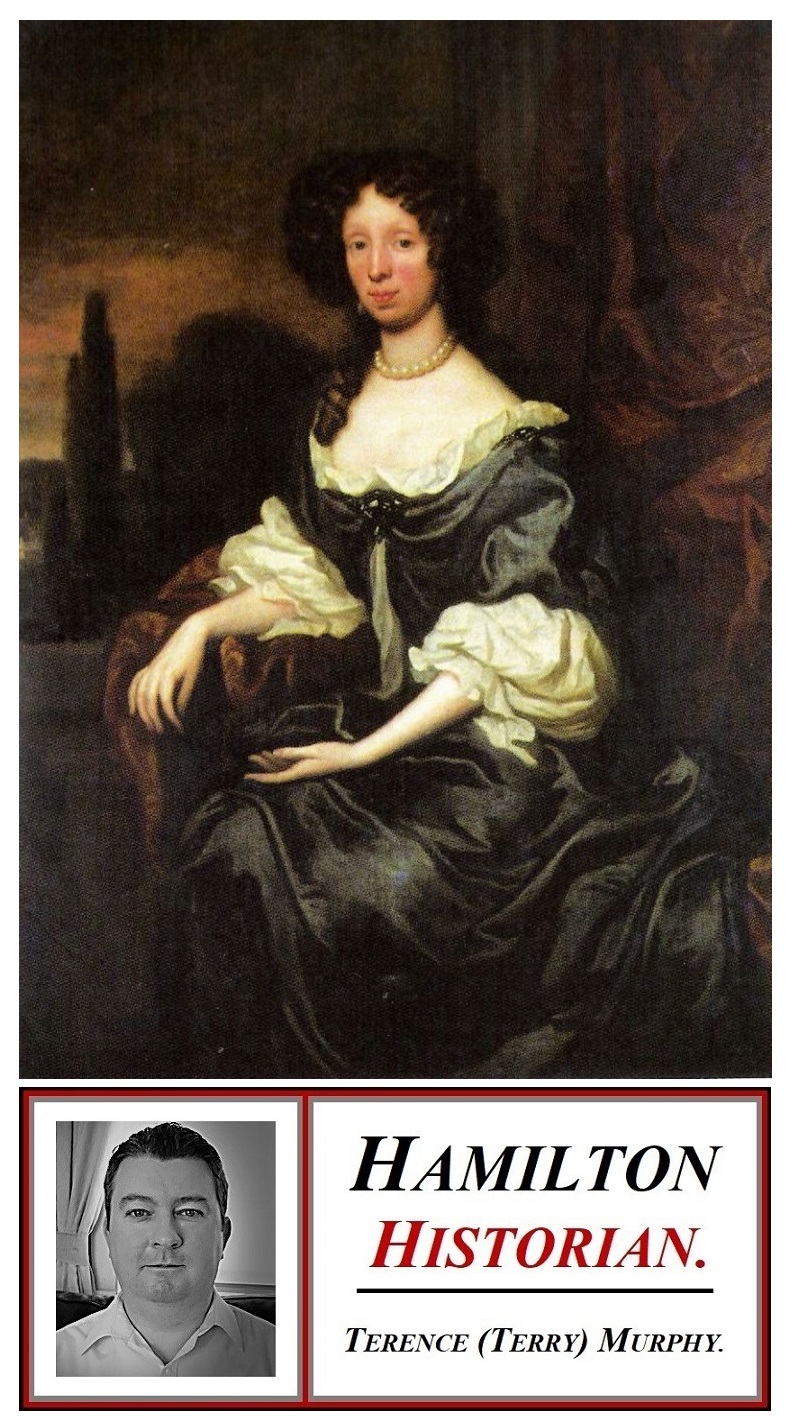The former Burial Ground was located exactly behind a large stone wall next to Fore Row, just off Muir Street, Hamilton, South Lanarkshire, Scotland. The site is now a large tarmac car park for the Library/Town House and is directly behind the building, accessed via a sharp right off Lower Auchingramont Road.
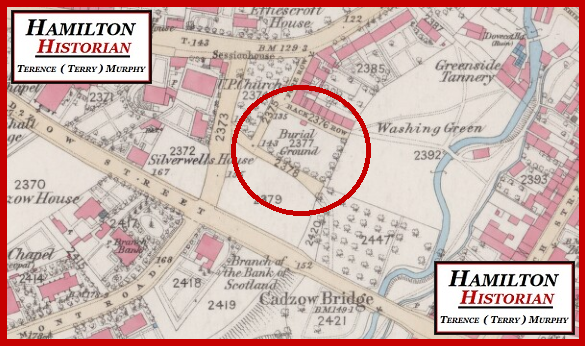 c.1858 Map Clipping Showing Burial Ground, Just Off Muir St Street, Hamilton, South Lanarkshire, Scotland.
c.1858 Map Clipping Showing Burial Ground, Just Off Muir St Street, Hamilton, South Lanarkshire, Scotland.
The burial ground was the property of the First Relief Congregational Church (United Presbetarian) on the corner of Muir Street/Lower Auchingramont Road. The church was built and founded c.1776.
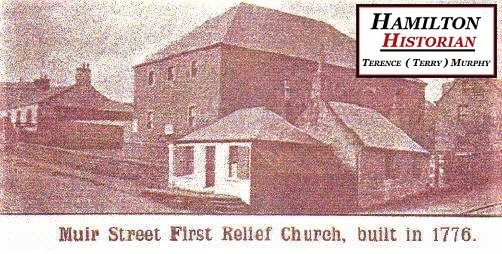
There is no evidence that the cemetery existed other than a plaque embedded into the stone wall at the now car park which reads;
John Thomson
And
Ann Watson
The former burial ground area is circled red in the overhead view photo below. The small red dot marks the location of the existing stone plaque embedded in the wall. A close-up snapshot is shown.
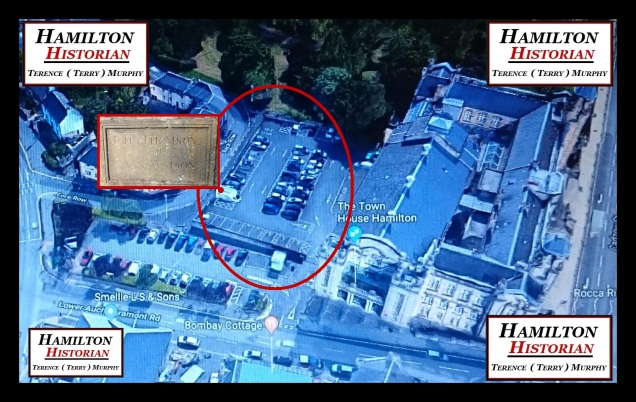
None of the other gravestones were preserved. There are no records for this burial ground other than an undated Lair/Plot Plan which gives the names of owners of the lairs from around 1823 until 1848 (Families called “Hamilton”) who were unrelated to the Dukes. There were 7 lairs owned by the Hamiltons in total, details of which are not complete;
All remains were removed and re-interred at Hamilton’s Bent Cemetery during February 1964. The memorial reads as follows;
In Remembrance
This Is The Place Of Rest
Of All Persons Buried
In Hamilton Relief Church
Burial Ground
Reinterred Here, February 1964.
 Hamilton Historian Terence (Terry) Murphy at the Memorial Stone/Grave for the Muir St Burial Ground Reinterment at the Bent Cemetery.
Hamilton Historian Terence (Terry) Murphy at the Memorial Stone/Grave for the Muir St Burial Ground Reinterment at the Bent Cemetery.
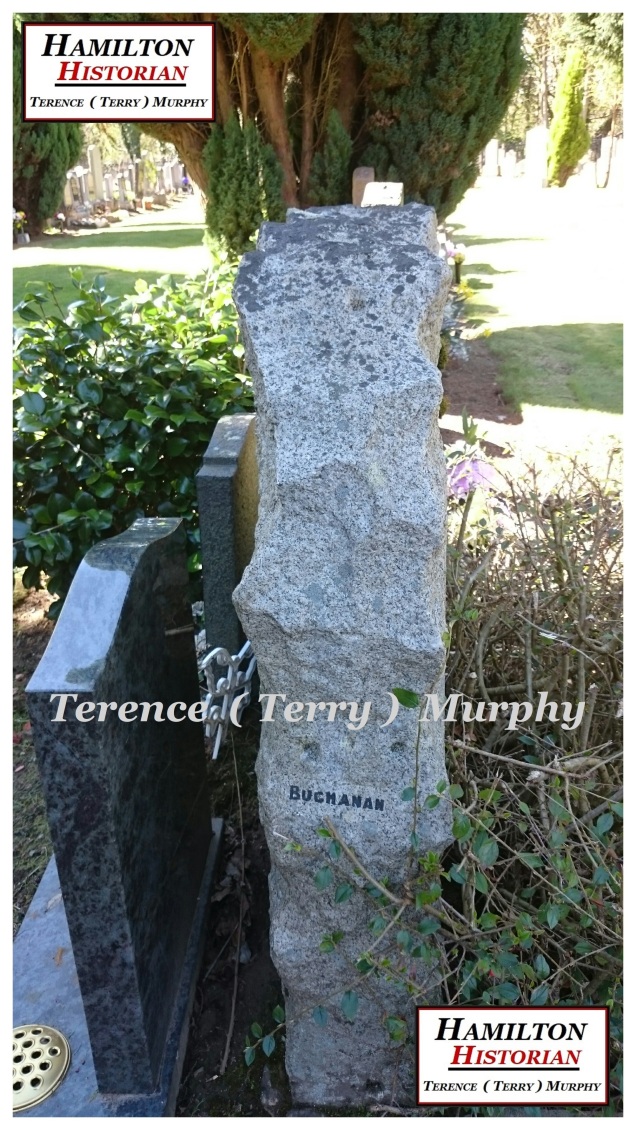

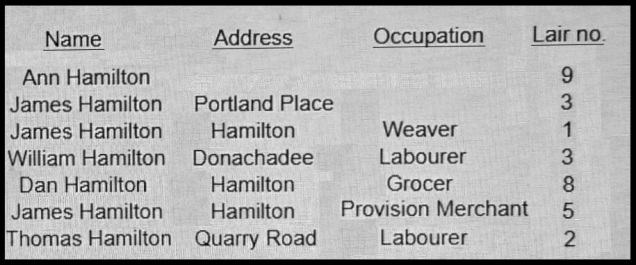

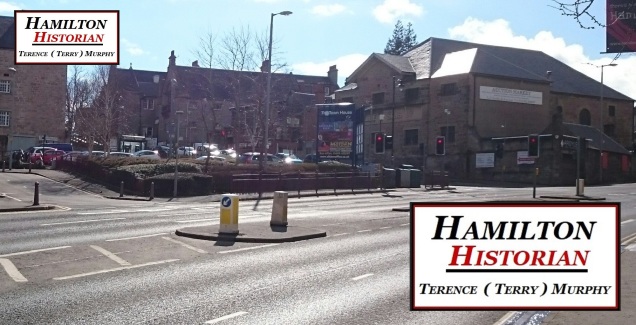 Smellie Auction Mart (Former Church) c. 2016.
Smellie Auction Mart (Former Church) c. 2016.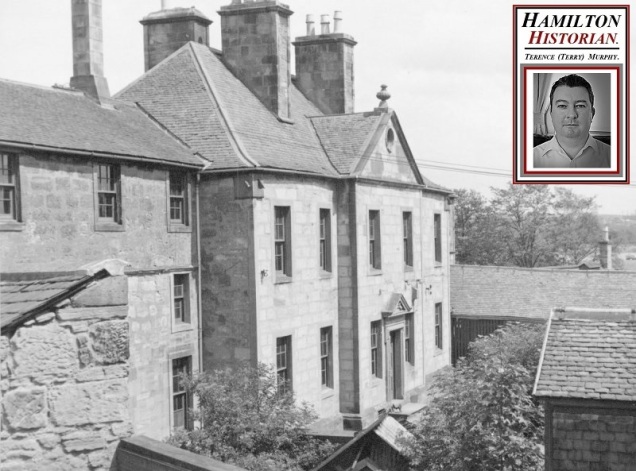

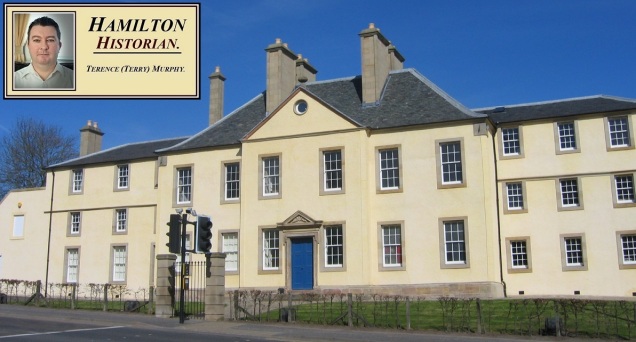
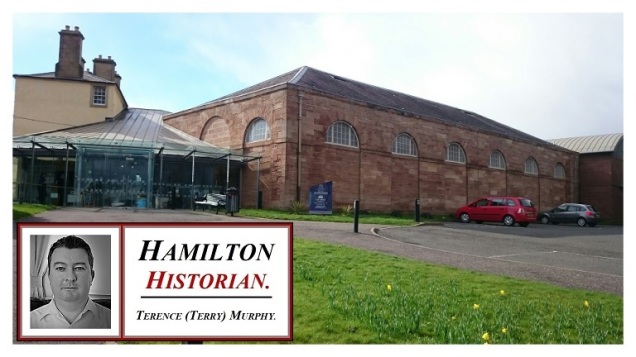
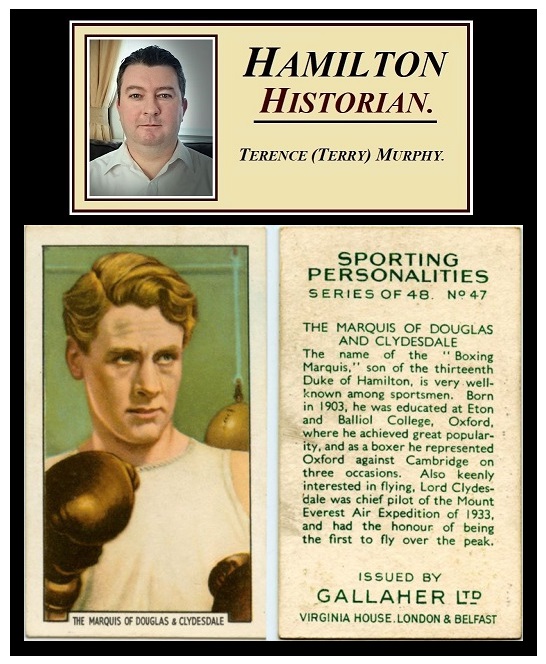

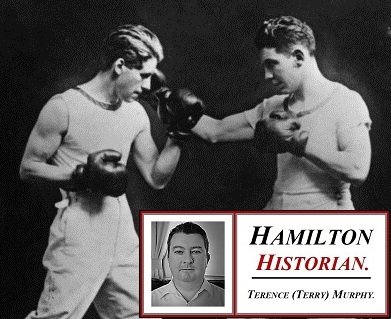
 c. 1858 Map Clipping Showing The Location Of The Cholera Mass Grave Near The Old Parish Church Circled In Red.
c. 1858 Map Clipping Showing The Location Of The Cholera Mass Grave Near The Old Parish Church Circled In Red.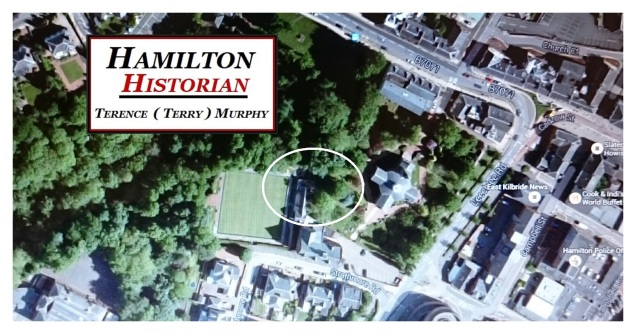 Present Day Google Earth/Satellite View of The Cholera Mass Grave Location Circled In White.
Present Day Google Earth/Satellite View of The Cholera Mass Grave Location Circled In White. Hamilton Bowling Club On Strathmore Road, Hamilton, South Lanarkshire, Scotland.
Hamilton Bowling Club On Strathmore Road, Hamilton, South Lanarkshire, Scotland. The Cholera Mass Grave Memorial Stone which sits in the left corner of Hamilton Bowling Club.
The Cholera Mass Grave Memorial Stone which sits in the left corner of Hamilton Bowling Club.